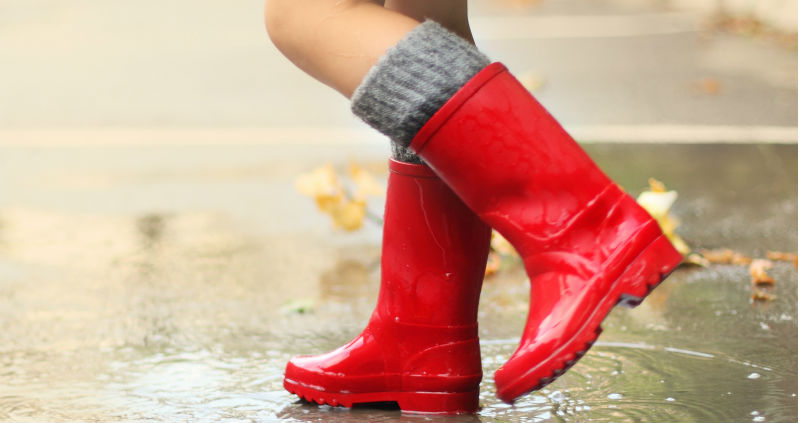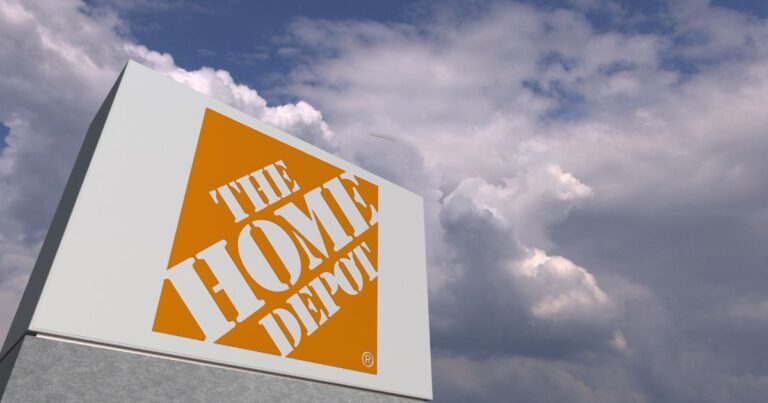It’s always gratifying to see something you planted bearing fruit, isn’t it? That’s how we’re feeling at WTC these days. After being an instrumental part in passing Washington state’s landmark Children’s Safe Products Act (CSPA), as well as a toxics-in-packaging law, we’re beginning to see just what is in the children’s products and packaging we bring into our homes.
Under Washington’s CSPA, manufacturers of children’s products are required to report whether products they sell in Washington contain chemicals on a list of 66 Chemicals of High Concern to Children. Other states are working to replicate Washington’s program.
Thanks to Washington’s Department of Ecology (Ecology), consumers anywhere can find out what toxic chemicals were found in over 200 children’s products, including clothing and shoes. Ecology tested these products distributed by retailers to see if their products are in compliance with the law.
The most shocking result was for a pair of baby shoes with orange soles and little brown plastic straps. The orange soles were tested at a whopping 44% phthalates!
Scientific evidence links phthalates to hormone disruption and other serious health problems. Phthalates are chemicals added to plastic to make it soft and pliable. The CSPA set limits in children’s products on six of the most commonly used phthalates and 44% phthalates in the little orange shoes is an amount grossly over state and federal limits for phthalates. This particular pair of baby shoes is designed for warm weather wear, so the high-phthalate soles could lay directly on baby’s skin for hours a day.
But that’s not all. Ecology’s testing also showed that:
- Phthalates linked to hormone disruption and other health problems were found in some bath toys and children’s cosmetics, other footwear, and fragrances marketed for children.
- Phthalates were also found in very high levels in much of the plastic packaging that children’s products come in.
- Hormone-disrupting parabens were found in many baby lotions, children’s lip glosses and lip balms, baby wipes, and Halloween makeup.
- Lead, which is known to cause neuro-developmental effects in children was found in children’s cosmetics, footwear, plastic jewelry, and Halloween accessories.
- Copper and zinc, which are toxic threats to Puget Sound, are found in many metal zippers, buttons and other metal parts of children’s clothing and packaging, and in metal jewelry.
WTC applauds the Department of Ecology’s work and lauds our state’s Children’s Safe Products Act – our nation’s most comprehensive chemical reporting law. This law helps reveal to the public the extent to which toxic chemicals are used in the manufacture of children’s products. Before this law was passed, the public simply did not have this information.
But WTC believes these chemicals should not be in children’s products in the first place. Ecology’s reports only underscore the fact that we need stronger laws at the state and federal levels that require testing, restrict harmful chemicals, and preserve state’s rights to regulate them.
WTC’s report on testing we conducted on phthalates in fragrances marketed to tweens to gauge manufacturers’ compliance with the Children’s Safe Products Act. To see our two reports summarizing manufacturer reports on Chemicals of High Concern to Children under the Children’s Safe Products Act.
If you’d like to see Ecology’s product testing reports, go here.
There you will see links to each report. You can also see the full reporting list of Chemicals of High Concern to Children, and a link to the database of reports manufacturers have made to Washington State under the Children’s Safe Products Act.




